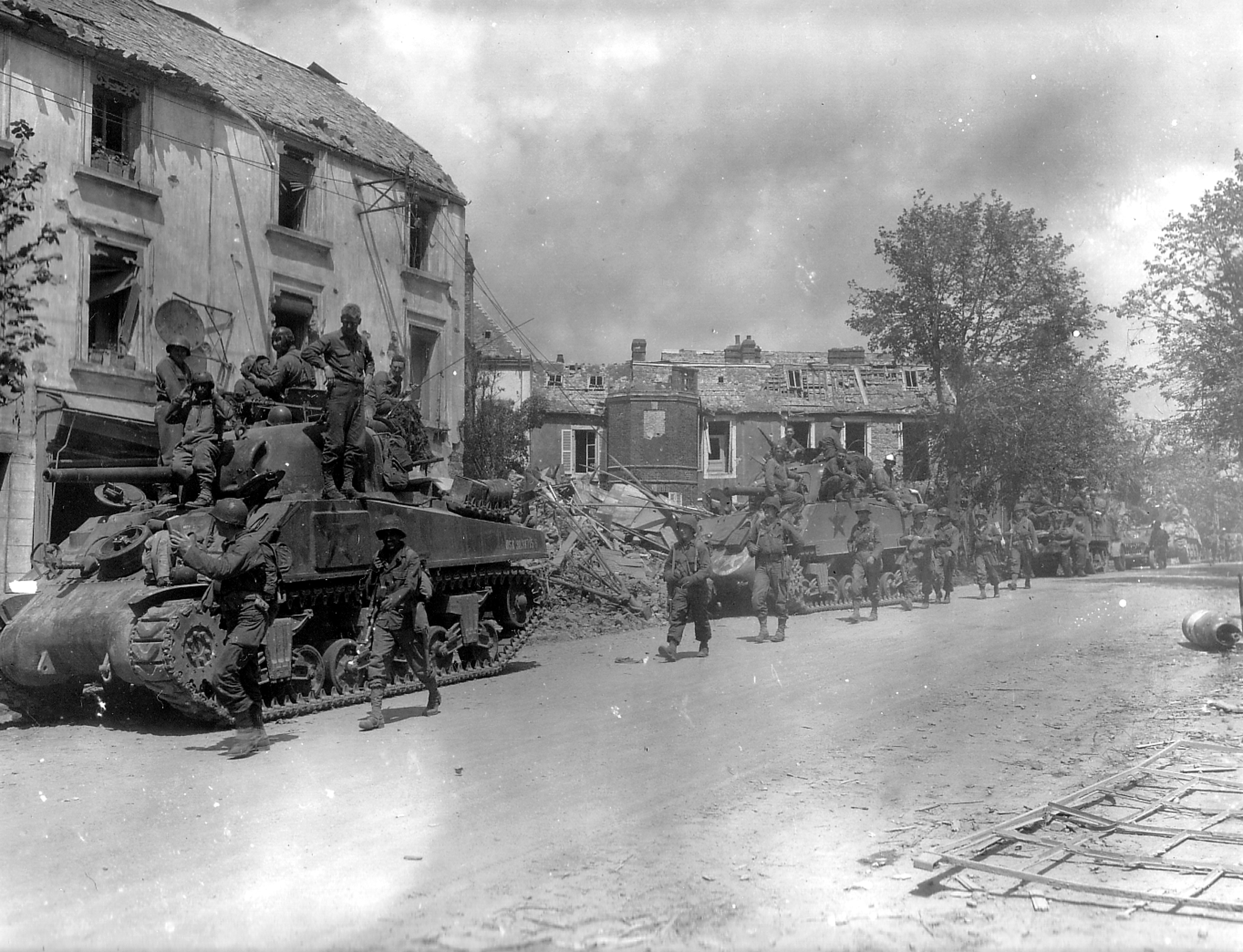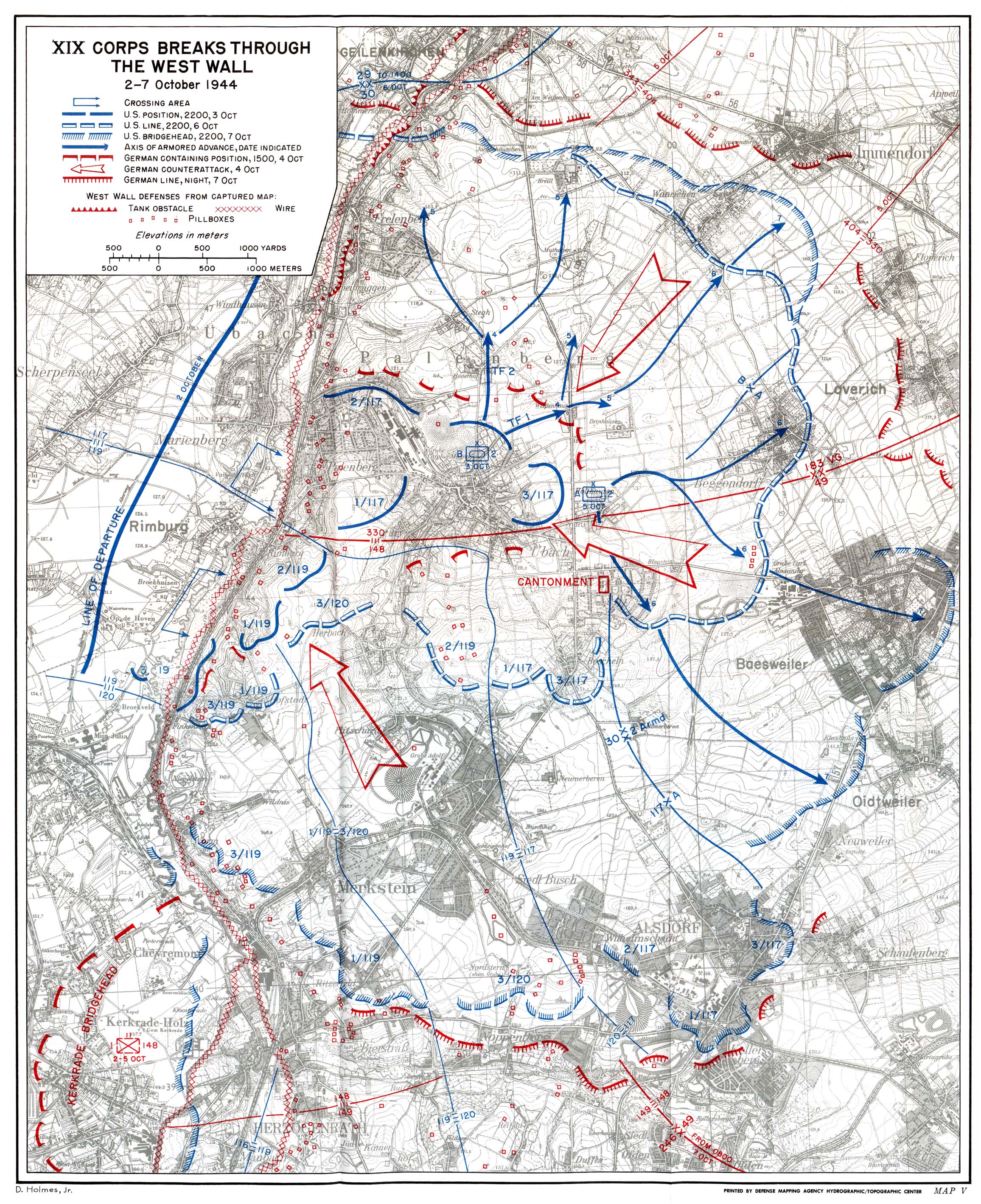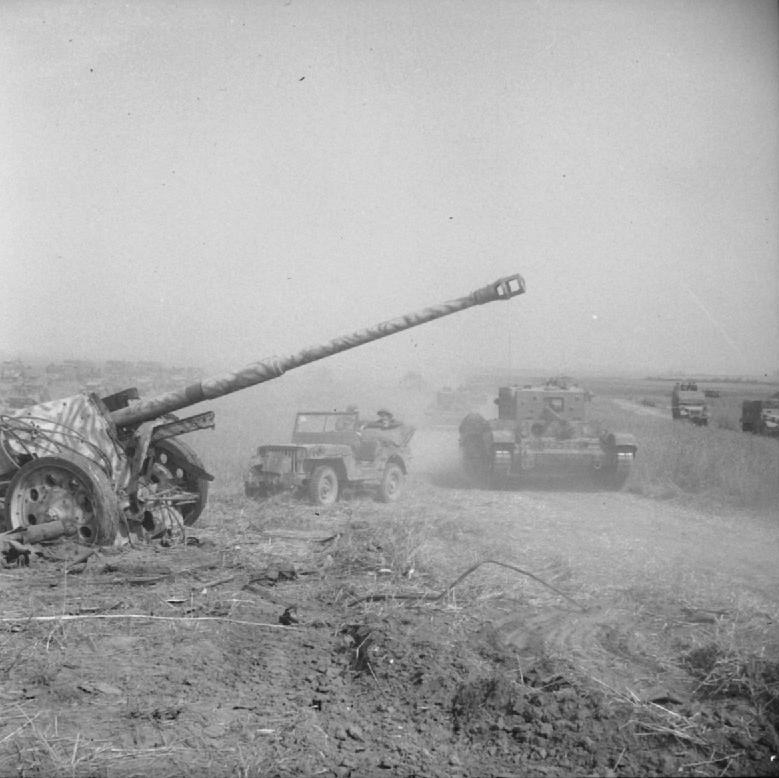|
Operation Queen
Operation Queen was an American operation during World War II on the Western Front (World War II), Western Front at the German Siegfried Line. The operation was aimed against the River Roer as a staging point for a subsequent thrust over the river to the Rhine into Germany. It was conducted by the First United States Army, First and Ninth United States Army, Ninth U.S. Armies. The offensive commenced on 16 November 1944 with one of the heaviest Allied tactical bombings of the war. However, the Allied advance was unexpectedly slow, against heavy German resistance, especially in the Hürtgen Forest through which the main thrust of the offensive was carried out. By mid-December, the Allies finally reached the Roer and tried to capture its important dams, when the Germans launched their own offensive, dubbed ''Wacht am Rhein''. The ensuing Battle of the Bulge led to the immediate cessation of Allied offensive efforts into Germany until February 1945. Background In June 1944, the Al ... [...More Info...] [...Related Items...] OR: [Wikipedia] [Google] [Baidu] |
Allied Advance From Paris To The Rhine
The Siegfried Line campaign was a phase in the Western Front (World War II)#1944–1945: The Second Front, Western European campaign of World War II, which involved engagments near the German defensive Siegfried Line. This campaign spanned from the end of Operation Overlord and the push across northern France, which ended on 15 September 1944, and concluded with the opening of the German Ardennes counteroffensive, better known as the Battle of the Bulge. Background German forces had been routed during the Allies of World War II, Allied Operation Cobra, break-out from Normandy. The Allies advanced rapidly against an enemy that put up little resistance. But after the liberation of Paris in late August 1944, the Allies paused to re-group and organise before continuing their advance from Paris to the Rhine, River Rhine. The pause allowed the Germans to solidify their lines—something they had been unable to do west of Paris. By the middle of September 1944, the three Western Al ... [...More Info...] [...Related Items...] OR: [Wikipedia] [Google] [Baidu] |
15th Army (Wehrmacht)
The 15th Army (German: 15. ''Armee'') was a field army of the German Army (1935–1945), German army in World War II. History The 15th Army was activated in German military administration in occupied France during World War II, occupied France on 15 January 1941 with General Curt Haase in command. It was tasked with occupation and defensive duties in the Pas de Calais area. The Allies of World War II, Allies landed further west, in Operation Overlord, during June 1944. Afterwards, the 15th Army was withdrawn to the Netherlands, where it fought the Allies during Operation Market Garden in September 1944. It suffered defeat against the First Canadian Army in the Battle of the Scheldt during which the Army Headquarters at Dordrecht was subject to a mass attack by Hawker Typhoons of the Second Tactical Air Force on 24 October 1944. Two generals and 70 other staff officers were killed in the attack.. According to a Dutch documentary there were 69 civilian casualties and some German c ... [...More Info...] [...Related Items...] OR: [Wikipedia] [Google] [Baidu] |
Battle Of Aachen
The Battle of Aachen was a battle of World War II, fought by American and German forces in and around Aachen, Germany, between 12 September and 21 October 1944. The city had been incorporated into the Siegfried Line, the main defensive network on Germany's western border; the Allies had hoped to capture it quickly and advance into the industrialized Ruhr basin. Although most of Aachen's civilian population was evacuated before the battle began, much of the city was destroyed and both sides suffered heavy losses. It was one of the largest urban battles fought by U.S. forces in World War II, and is considered one of the toughest urban encounters in the entire war. As a result, Aachen became the first city on German Reich, internationally recognized German soil to be captured by the Allies. Despite the battle ending with a German surrender, their tenacious defense significantly disrupted Allied plans for the advance into Germany. Background By September 1944, the Allies of World W ... [...More Info...] [...Related Items...] OR: [Wikipedia] [Google] [Baidu] |
Battle Of The Scheldt
The Battle of the Scheldt in World War II was a series of military operations to open up the Scheldt river between Antwerp and the North Sea for shipping, so that Antwerp's port could be used to supply the Allies in north-west Europe. The operations were carried out by the First Canadian Army, with assistance from Polish and British units which had been attached. The action was under the acting command of the First Canadian's Lieutenant-General Guy Simonds. The battle took place in the vicinity of the Scheldt river in northern Belgium and southwestern Netherlands from 2 October to 8 November 1944. The Canadians had been delayed, and the need to clear the Scheldt had not yet been addressed, due to Allied decisions up to that point to focus instead on Arnhem ( Operation Market Garden), Boulogne ( Operation Wellhit), Calais ( Operation Undergo) and Dunkirk. By the time the Canadians were sent into the Battle of the Scheldt, the Wehrmacht defenders had been reinforced. The Germa ... [...More Info...] [...Related Items...] OR: [Wikipedia] [Google] [Baidu] |
Falaise Pocket
The Falaise pocket or battle of the Falaise pocket (; 12–21 August 1944) was the decisive engagement of the Battle of Normandy in the Second World War. Allied forces formed a pocket around Falaise, Calvados, in which German Army Group B, consisting of the 7th Army and the Fifth Panzer Army (formerly ), were encircled by the Western Allies. The battle resulted in the destruction of most of Army Group B west of the Seine, which opened the way to Paris and the Franco-German border. Six weeks after the 6 June 1944 Allied invasion of Normandy, German forces were in turmoil, having expended irreplaceable resources defending the frontline and with Allied air superiority threatening the availability of food and ammunition. However, on the Allied side, British forces had expected to liberate Caen immediately after the invasion, an operation which ended up taking nearly two months, and US forces had expected to control Saint-Lô by the 7 June, yet German resistance delayed this u ... [...More Info...] [...Related Items...] OR: [Wikipedia] [Google] [Baidu] |
Wehrmacht
The ''Wehrmacht'' (, ) were the unified armed forces of Nazi Germany from 1935 to 1945. It consisted of the German Army (1935–1945), ''Heer'' (army), the ''Kriegsmarine'' (navy) and the ''Luftwaffe'' (air force). The designation "''Wehrmacht''" replaced the previously used term (''Reich Defence'') and was the manifestation of the Nazi regime's efforts to German rearmament, rearm Germany to a greater extent than the Treaty of Versailles permitted. After the Adolf Hitler's rise to power, Nazi rise to power in 1933, one of Adolf Hitler's most overt and bellicose moves was to establish the ''Wehrmacht'', a modern offensively-capable armed force, fulfilling the Nazi regime's long-term goals of regaining lost territory as well as gaining new territory and dominating its neighbours. This required the reinstatement of conscription and massive investment and Military budget, defence spending on the arms industry. The ''Wehrmacht'' formed the heart of Germany's politico-military po ... [...More Info...] [...Related Items...] OR: [Wikipedia] [Google] [Baidu] |
Invasion Of Normandy
Operation Overlord was the codename for the Battle of Normandy, the Allied operation that launched the successful liberation of German-occupied Western Europe during World War II. The operation was launched on 6 June 1944 ( D-Day) with the Normandy landings (Operation Neptune). A 1,200-plane airborne assault preceded an amphibious assault involving more than 5,000 vessels. Nearly 160,000 troops crossed the English Channel on 6 June, and more than two million Allied troops were in France by the end of August. The decision to undertake cross-channel landings in 1944 was made at the Trident Conference in Washington in May 1943. American General Dwight D. Eisenhower was appointed commander of Supreme Headquarters Allied Expeditionary Force, and British General Bernard Montgomery was named commander of the 21st Army Group, which comprised all the land forces involved in the operation. The Normandy coast in northwestern France was chosen as the site of the landings, with the ... [...More Info...] [...Related Items...] OR: [Wikipedia] [Google] [Baidu] |
Allies Of World War II
The Allies, formally referred to as the United Nations from 1942, were an international Coalition#Military, military coalition formed during World War II (1939–1945) to oppose the Axis powers. Its principal members were the "Four Policemen, Big Four" – the United Kingdom, United States, Soviet Union, and Republic of China (1912–1949), China. Membership in the Allies varied during the course of the war. When the conflict broke out on 1 September 1939, the Allied coalition consisted of the United Kingdom, French Third Republic, France, and Second Polish Republic, Poland, as well as their respective Dependent territory, dependencies, such as British Raj, British India. They were joined by the independent dominions of the British Commonwealth: Canada, Australia, Dominion of New Zealand, New Zealand and Union of South Africa, South Africa. Consequently, the initial alliance resembled Allies of World War I, that of the First World War. As Axis forces began German invasion of ... [...More Info...] [...Related Items...] OR: [Wikipedia] [Google] [Baidu] |
Battle Of The Bulge
The Battle of the Bulge, also known as the Ardennes Offensive or Unternehmen Die Wacht am Rhein, Wacht am Rhein, was the last major German Offensive (military), offensive Military campaign, campaign on the Western Front (World War II), Western Front during the World War II, Second World War, taking place from 16 December 1944 to 25 January 1945. It was launched through the densely forested Ardennes region between Belgium and Luxembourg. The offensive was intended to stop Allied use of the Belgian port of Antwerp and to split the Allied lines, allowing the Germans to Encirclement, encircle and destroy each of the four Allied armies and force the western Allies to negotiate a peace treaty in the Axis powers' favor. The Germans achieved a total surprise attack on the morning of 16 December 1944, due to a combination of Allied overconfidence based on the favorable defensive terrain and faulty intelligence about Wehrmacht intentions, poor aerial reconnaissance due to bad weather, an ... [...More Info...] [...Related Items...] OR: [Wikipedia] [Google] [Baidu] |
Hürtgen Forest
The Hürtgen forest (also: Huertgen Forest; ) is located along the border between Belgium and Germany, in the southwest corner of the German federal state of North Rhine-Westphalia. Scarcely in area, the forest lies within a triangle outlined by the German towns of Aachen, Monschau, and Düren. The Rur River runs along the forest's eastern edge. History Before the war, the Hürtgen Forest was a dense, rugged woodland, spanning about 50 square kilometers, mostly used for timber production. The area was sparsely populated with small villages and had limited strategic importance. Geography The Hürtgen Forest lies at the northern edge of the Eifel mountains and High Fens – Eifel Nature Park; its terrain is characterized by plunging valleys that carve through broad plateaus. Unlike many areas of Germany in which the valleys are farmed and hilltops are wooded, the Hürtgen Forest's deep valleys are thickly wooded and the hilltop plateaus have been cleared for agriculture. T ... [...More Info...] [...Related Items...] OR: [Wikipedia] [Google] [Baidu] |







